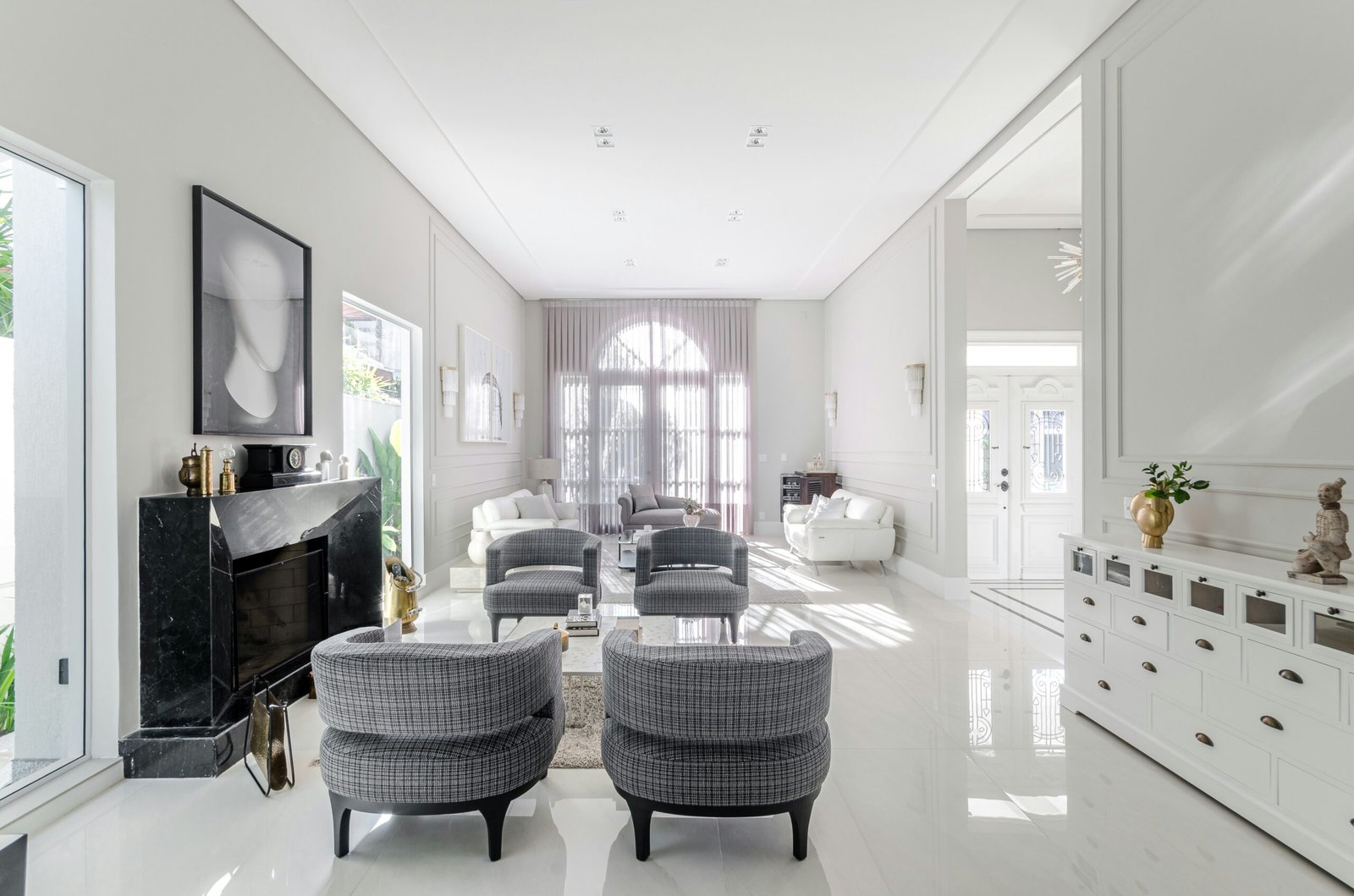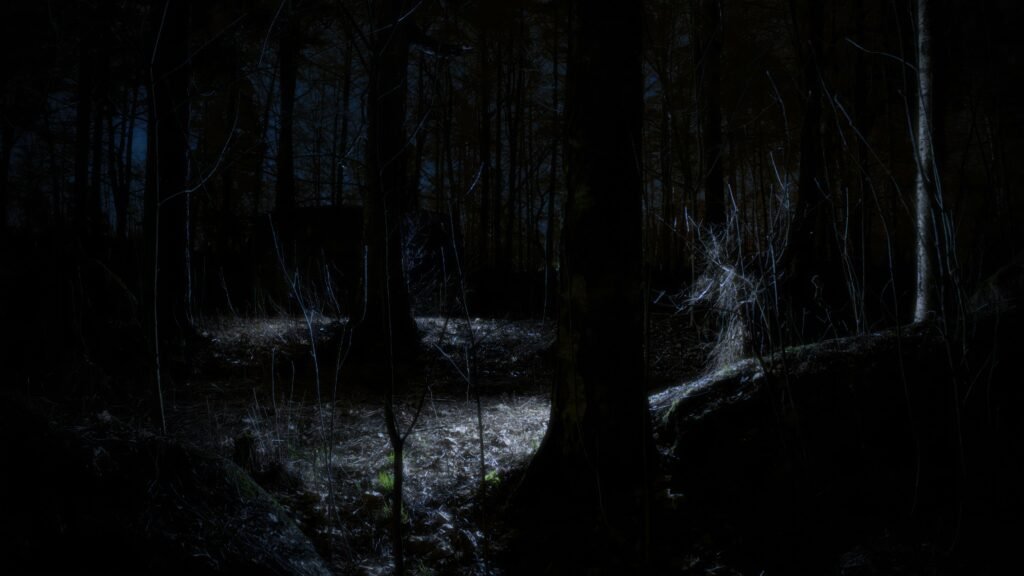
How to Clean a Whole Room Without Stress or Burnout—Clean With ADHD Part 7
Do you dread cleaning? Maybe even hate it?
Does just looking at a messy room make you feel like you need to sit down, scroll for an hour, and mentally prepare just to start?
You’re not lazy. And you’re definitely not broken.
You’ve tried—plenty of times. You’ve followed the checklists. You’ve set timers. You’ve told yourself, “Just five minutes.” You’ve hoped each new tip would be the one that finally made it easier.
But those methods weren’t made for ADHD. They weren’t designed to protect you from overload. And they definitely weren’t built to make your brain want to clean. They rely on guilt, adrenaline, or brute force—and they always run out.
That’s why this method feels different. Because it is different.
Growing the White Space is a stress-free ADHD room cleaning method designed to work with your brain, not against it. It uses neuroscience, psychology, and real motivation—so you stay calm, focused, and even… satisfied. It turns cleaning into something your brain actually enjoys.
Sound impossible? It isn’t.
Keep reading—and I’ll show you exactly how it works.
Why Cleaning Feels So Hard—Even When You Want a Clean Room
When you walk into a messy room, your brain quickly gets overloaded. There’s too much to look at—too many colors, objects, unfinished tasks. It’s like static in your head. ADHD brains already run near capacity, so the visual chaos pushes everything past the limit.
And then? Nothing feels doable.
You can’t figure out where to start. You can’t see any progress. You feel an urge to escape, shut down, or distract yourself—anything to get away from the mess.
That’s not laziness. That’s your brain trying to protect you from overload.
And if you’ve had years of experiences where cleaning always felt boring, frustrating, or impossible, your brain now expects that pain. It’s learned to avoid cleaning—because cleaning has never felt rewarding.
This method changes that.
It clears the noise. It gives you fast, visual wins. It replaces dread with relief. And most importantly?
It teaches your brain something new: “I can do this. And it actually feels good.”
Introducing the “Growing the White Space” Method
When you use this method, something shifts. The noise in your head fades. Your shoulders relax. The room stops shouting at you.
You clear one small area—a corner of a table, a patch of floor—and immediately, your brain notices. That feels better. So you do another. And another. And before you know it, you’re moving. Not because you’re forcing yourself, but because your brain wants to keep going.
That’s the power of this method. It’s designed to shrink any mess—small or overwhelming—into a series of quick, finishable wins that feel good. Each one gives your brain a clear signal: “We’re doing it. We’re making progress.” And that progress delivers dopamine—real motivation, without timers, stress, or burnout.
Here’s why it works:
- ADHD-Proof Relief: It only asks your brain to handle what’s directly in front of you—no big-picture planning, no overwhelm.
- Dopamine over Discipline: Each cleared space gives your brain a small hit of reward, so you want to keep going.
- Always Finishable: You’re never staring down a massive project—you’re just handling one tiny piece at a time.
- Permanent Re-training: The more you use it, the more your brain expects cleaning to feel easy—and it starts nudging you to do it again.
Whether the room is mildly messy or a total disaster, the process stays the same—and the outcome does too:
You stay calm. You stay moving. And the stress melts away.
Why Traditional Cleaning Methods Don’t Work for ADHD Brains
Most cleaning advice assumes your brain has unlimited bandwidth.
Sort by category. Make a plan. Batch everything. Work in zones.
But all of that relies on executive function—exactly what ADHD brains struggle with when they’re already overwhelmed.
You’re being told to organize chaos while standing in the middle of it.
Your brain is processing too many objects, too many decisions, too many unfinished tasks. Add a checklist on top of that, and you don’t feel motivated—you freeze. Or you bounce around. Or you burn out halfway through.
And even if you do finish? It feels awful. You’re drained, annoyed, and done with it forever. Your brain quietly learns: “Let’s not do that again.”
That’s the real problem. Those methods don’t make cleaning feel doable—they make it feel punishing.
You need something that removes stress, skips the planning, and actually feels good to use.
What makes this method different?
It strips cleaning down to pure action—no planning, no pressure, just small wins that feel good to finish.
Ready to try something that actually feels good while you’re doing it? Let’s begin.
Step 1: Choose the Space You’re Going to Clean
Start with just one room. Not your whole apartment. Not “downstairs.” Not “all the worst areas from each room.” One single, clearly defined room—and commit to it.
This is how we lower the pressure. When your brain knows there’s a boundary, the task stops feeling endless. Whether it’s a light mess or total disaster, this method works—but only if you keep the scope small enough to finish. Everything else can wait.
Step 2: Gather All Out-of-Place Items into One Big Pile (If Needed)
Now gather every single thing that’s out of place—yes, everything. Pull items from the floor, shelves, tabletops, chairs, couch, or anywhere clutter has landed, and combine it all into one big, unapologetic pile in the center of your room, surrounded by clear space.
Why one big pile? Because if you clear only one area at a time—like the floor—and then tackle shelves or tables, it feels like starting all over again. You finish one pile, feel relieved, turn around—and your heart sinks when you realize you have to create another huge pile. Your brain registers this as a dreaded “restart,” flooding you with stress and resistance.
Instead, put everything into one giant pile right at the start. And don’t worry if it seems enormous. In the past, maybe you couldn’t imagine getting through a pile that big—but this method is different. This time, you absolutely will.
If making a big pile feels terrifying—breathe. You’re not committing to tackling it all at once. You’re just making sure you only have to face one pile, one time. Trust the process, and don’t skip this step.
Step 3: Create a Small, Separate Pile Surrounded by White Space
Now, scoop up a few things from your big pile, maybe 5 or 10—no more. Create a new pile with them at a distance from your large pile, surrounded by open, calm space. This step is critical: don’t skip it, don’t blend piles together, and absolutely do not try cleaning directly from the big pile.
Why does this matter so much? Because your brain needs to see clear visual proof of your progress. When you keep your small pile separate and distinct, it creates an obvious “before-and-after.” Every time your small pile disappears, your brain gets an immediate dopamine reward—and that’s exactly what makes cleaning feel good and keeps you motivated.
Step 4: Clean the Small Pile—One Item at a Time (Or Gently Sort, If Stress-Free)
Now, look at your small pile. If you can easily see that a few of those items clearly belong together—like in the same drawer, cabinet, or shelf—go ahead and gently group them. But here’s the critical part: pay very close attention to how you feel while you’re doing this.
The moment sorting becomes confusing, stressful, or even mildly overwhelming, stop immediately. Put everything back into your small pile, pick up just one item, and take it directly to where it last lived. Yes, you might feel like it’s a waste of time, making multiple trips—maybe even a hundred trips. But that’s absolutely okay.
Because here’s the truth: making a hundred calm trips feels a thousand times better than trying to force yourself through stress. Stress triggers your brain’s alarm system, telling you, “This isn’t safe. Stop immediately.” That’s when overwhelm sets in, your motivation disappears, and cleaning becomes impossible.
Instead, reduce cognitive load by paying attention and going slowly. If sorting feels absurdly easy, do it. But the second it isn’t easy, do just one item at a time. Either way, you’ll find yourself actually able to finish the job—without stress, without boredom, and without shutting down.
Step 5: Watch the White Space Grow—and Feel the Motivation Build
Each time a small pile disappears, your brain notices the change. The visual shift from “messy” to “clear” creates a prediction error—a little surprise. And that surprise is exactly what triggers dopamine, the brain’s motivation chemical. It’s your brain’s way of saying, “Hey—something good just happened. Let’s do more of that.”
That’s why this method doesn’t feel like dragging yourself through a chore. It actually starts to feel good. The more white space you create, the more your brain wants to keep going. Not because you’re forcing yourself, but because you’re being rewarded—over and over—with calm, clarity, and genuine momentum.
And here’s the best part: every time you complete a small pile and feel that sense of “I did it,” you’re not just cleaning. You’re rewiring the way your brain thinks about cleaning.
Before, other methods left you feeling helpless—like cleaning was something you couldn’t do, or something you’d always struggle with. But this method proves that’s not true. You’re not bad at cleaning. You just needed a way that works with your brain.
The more you use it, the more you start to think, “Wait… I can do this. I actually enjoy this. I might even be better at this than I thought.” And that’s called learned powerfulness—the opposite of learned helplessness. You’re teaching your brain: I am capable. I can finish. And I don’t have to suffer to do it.
Step 6: Repeat Until the Big Pile is Gone
Keep doing exactly what’s working: build a small, clearly separated pile surrounded by white space. Clean it up. Feel the reward. Repeat.
As always, watch how you feel. If you notice your stress rising or your thoughts getting foggy, pause and check: did you accidentally start sorting again? Are you trying to optimize or plan? Are you hesitating on what to pick up next?
If you’re already overwhelmed, even deciding what to grab can be too much. In that case, don’t look. Turn your head. Close your eyes. Reach in and grab something randomly. That randomness removes decision fatigue—and keeps the process as easy and low-stress as it needs to be.
You don’t need to rush. You don’t need to strategize. You just need to keep your stress low, your actions small, and your white space growing. That’s how you finish—without ever burning out.
Step 7: Use a Completion Ritual to Lock In the Win
Once the room is finished and everything is put away, seal that success with a task completion anchor. I recommend using a scent-based anchor, like a specific air freshener you only use at the end of a cleaning session. Spray it in the room, take a breath, and say something out loud: “I’m done. This room is clean. I finished. I did it.”
This might feel small, but over time, your brain starts to associate that scent and those words with completion, calm, and success. It tells your nervous system the task is truly over—and leaves you with a satisfying emotional “close.” Do this consistently, and your brain will start to crave the reward of finishing.
You can read more about how and why task completion anchors work and why they’re crucial in my other post [here].
Important Reminders to Stay Out of Overwhelm
Never clean directly from the big pile.
Your brain doesn’t store a perfect mental image of that pile. When you slowly remove items from it, your brain can’t easily tell that it’s shrinking. It’s just like hair growth—you don’t see it happening because it’s too gradual. And if your brain doesn’t see progress, it doesn’t release dopamine. Which means you lose your motivation.
That’s why you must always create a separate small pile, surrounded by white space. When that second pile disappears, your brain sees it clearly—it notices the contrast, the completion, the change. That’s when it delivers the dopamine. That’s the moment that keeps you going.
No white space = no contrast = no reward = no motivation.
Make it obvious. Make it distinct. Let your brain feel the win.
One item at a time is not a waste. It’s the strategy.
Every single item you move by itself reduces cognitive load, decision fatigue, and stress. It simplifies the task to something your brain can easily process. And walking between locations activates your body and brain together, improving attention, emotional regulation, and clarity. Movement helps you think.
This is not procrastination. This is stress management through motion and simplicity.
Your feelings are your warning system—listen to them.
If you feel overwhelmed, scattered, confused, annoyed, or drained—it’s not a character flaw. It’s your brain telling you: The cognitive load is too high. You might be holding too many decisions in working memory. You might have started sorting. You might be trying to “optimize” something without realizing it.
Stop.
Put everything back into a small pile. Don’t even look. Reach in, grab one item at random, get up immediately, and start walking.
Even if you don’t know where it goes, trust the process—your brain will figure it out while you move. Ask yourself: Where did this go last time? Don’t search for a better place. Do not organize. Do not create new homes. That is a separate task for another time.
This is how you keep going without spiraling:
Lower the load. Remove the decisions. Pick up one thing. Start walking.
That’s the method. That’s what keeps you moving. And that’s what will get you to the finish line—without burning out.
What About Total Disasters?
You can use this method for anything—from a mildly cluttered bedroom to a kitchen counter that’s collected a week of “I’ll deal with it later.” But what if the room is beyond messy? What if there’s no floor in sight?
Don’t worry—this method still works. In fact, it’s perfect for moments like that.
In the next post, I’ll walk you through how to use Growing the White Space in full-blown disaster zones—when you’re frozen, overwhelmed, and don’t even know where to start. I’ll show you exactly how to shrink the chaos until it’s small enough to handle—and how to start without triggering shutdown.
You’re not broken. You’re not behind. And you’re not alone.
You’re just one white space away from momentum.
Why This Method Works (and Why You’ll Never Go Back)
This isn’t just a “hack” that feels nice once and fades away.
Growing the White Space works because it’s built on real, layered science. Every part of this method is intentionally designed to lower stress, trigger motivation, and make your brain feel safe, focused, and capable.
This isn’t just about getting your space clean. This is about retraining your brain. It’s about reversing years of dread, shame, and avoidance and replacing them with clarity, ease, and control.
You’re not lazy. You’re not broken.
You just needed a method that respects how your brain actually works.
This is it.
Ready to Try It?
So try it out today—pick one room, follow the steps, and let the white space grow.
Then come back and tell me how it went. Drop a comment or send me an email—I want to know. I already know this method works, and I know it’s going to work for you too. Let your brain feel what real motivation is supposed to feel like. You’ve got this.
What’s Next?
Coming up in this series:
- The stress-free method for handling absolute cleaning disasters [here]
Photo by Ronaldo Rizzutti on Unsplash



